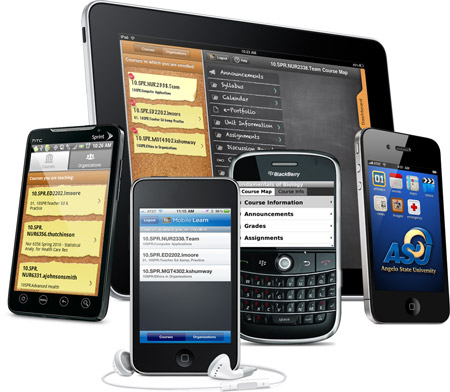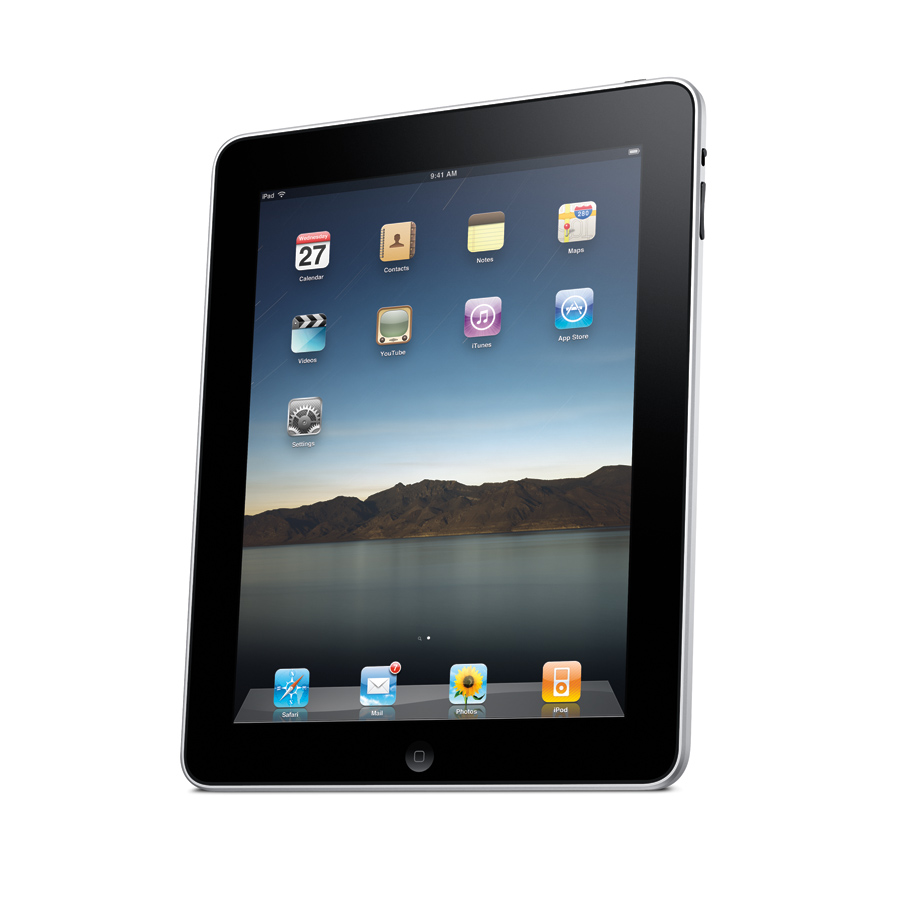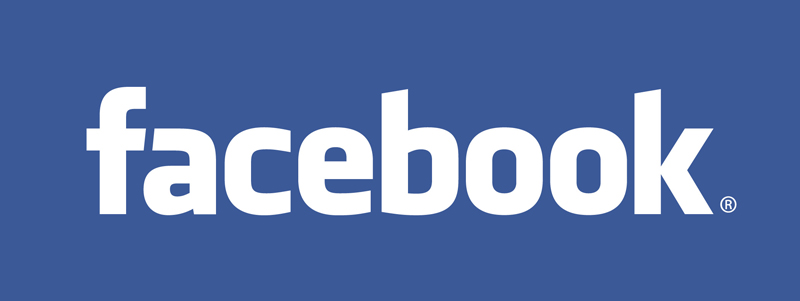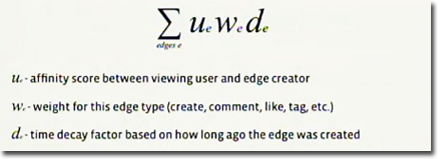How Dirty Harry Can Help Your Email Marketing
There is a classic scene from the movie Dirty Harry in which Harry, a cop played by Clint Eastwood, is talking to a bank robber whom he shot. When the wounded thief starts to reach for his weapon, Harry mentions that he isn’t sure whether he has any bullets left in his gun. Harry makes the point that if the robber guesses wrong and goes for the gun and Harry does have a bullet left, the thief will pay the price. Harry then utters the famous words:
…you’ve got to ask yourself one question: Do I feel lucky? Well, do ya, punk?
Harry forced the criminal to pause and think – think about about the consequences. Too often, I see email campaigns launched without thinking of the consequences – the consequences of not putting the proper time into planning and executing the campaign. This is partly due to the fact that email marketing is relatively inexpensive and easy to implement (to clarify, I mean that email service providers make the act of creating and launching an email campaign easy, not that it is easy to develop a compelling email campaign). As such, the perceived risk is low.
Now, the risk to email marketers isn’t as serious as getting your head blown off by a .44 Magnum but there are risks nonetheless with a failed email marketing campaign. You can alienate your customers or prospects, tarnish your brand, damage your email reputation, weaken customer loyalty, etc.
So, before you hit the send button on your next email marketing campaign, instead of asking yourself if you feel lucky, ask questions like the following:
- Do I have a clear vision of my subscribers – what they need or want, what drives them, what challenges they face, etc. (as it relates to the product or service I provide)?
- Am I offering something of value? Am I thinking of my subscribers and not just of my organization?
- Have I reviewed past campaigns in order to see what the subscribers respond to and what doesn’t seem interesting?
- Am I ‘blasting’ the same content to all of my subscribers? Can I be more targeted? Can I segment my list to provide a more personal message?
- Am I confident that all of my subscribers have opted-in, and I don’t have email addresses that were obtained by questionable means?
- Am I doing something special with those subscribers who haven’t engaged with my email in a long time (e.g. re-engagement/re-activation campaign)?
If you can ask yourself those types of questions and provide the right answers before your next email marketing campaign, you can avoid some serious mistakes. In fact, the results just might ‘make your day’ (sorry, I couldn’t resist – it was too easy!)


 Will Pinterest continue to grow at its current pace or will it be the latest social media flavor of the month? Although I expect the former, who can really know? What is clear to me, however, is given the overwhelmingly positive response from women, Pinterest is providing something of real value, something that women adore (in the U.S., the majority of Pinterest users are women; however, in some other countries, Pinterest is skewing more toward men).
Will Pinterest continue to grow at its current pace or will it be the latest social media flavor of the month? Although I expect the former, who can really know? What is clear to me, however, is given the overwhelmingly positive response from women, Pinterest is providing something of real value, something that women adore (in the U.S., the majority of Pinterest users are women; however, in some other countries, Pinterest is skewing more toward men).





 By now, almost every marketer has read statistics similar to the following about the ubiquity of Facebook:
By now, almost every marketer has read statistics similar to the following about the ubiquity of Facebook: